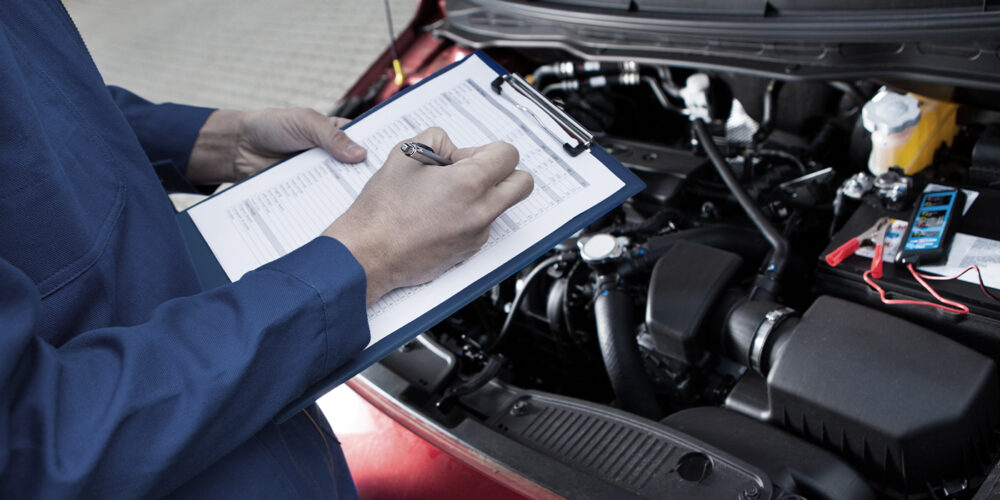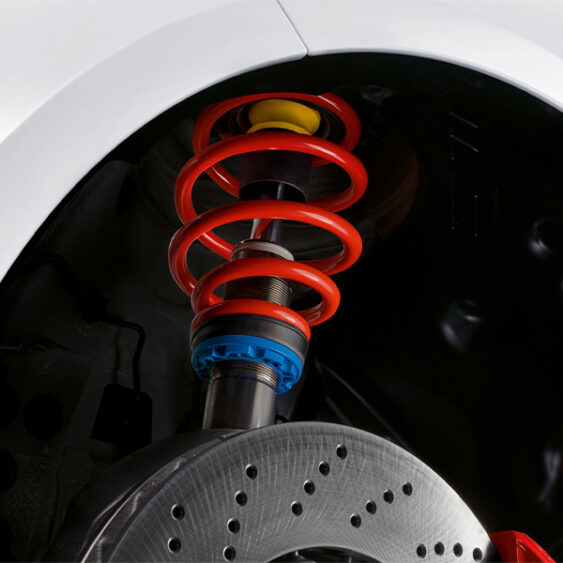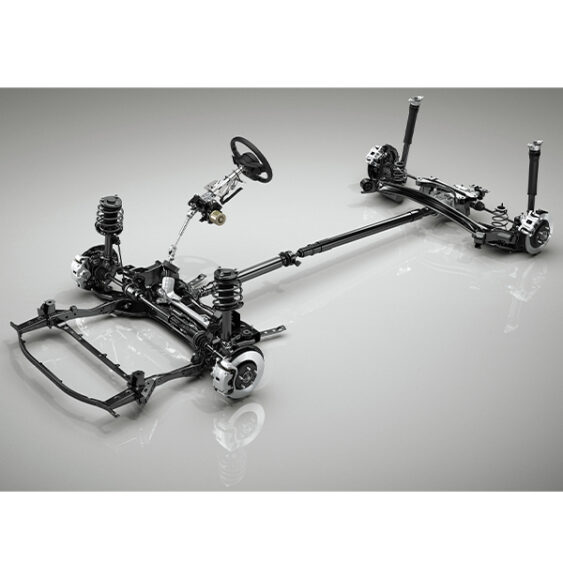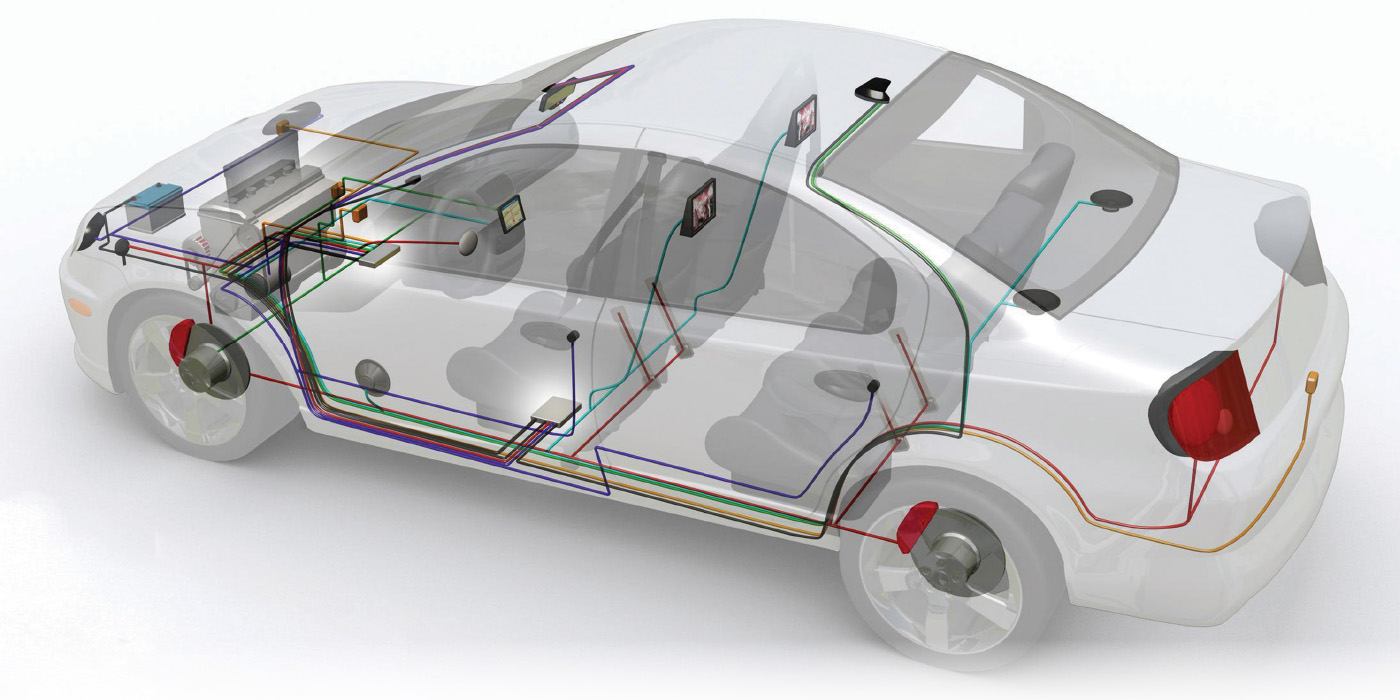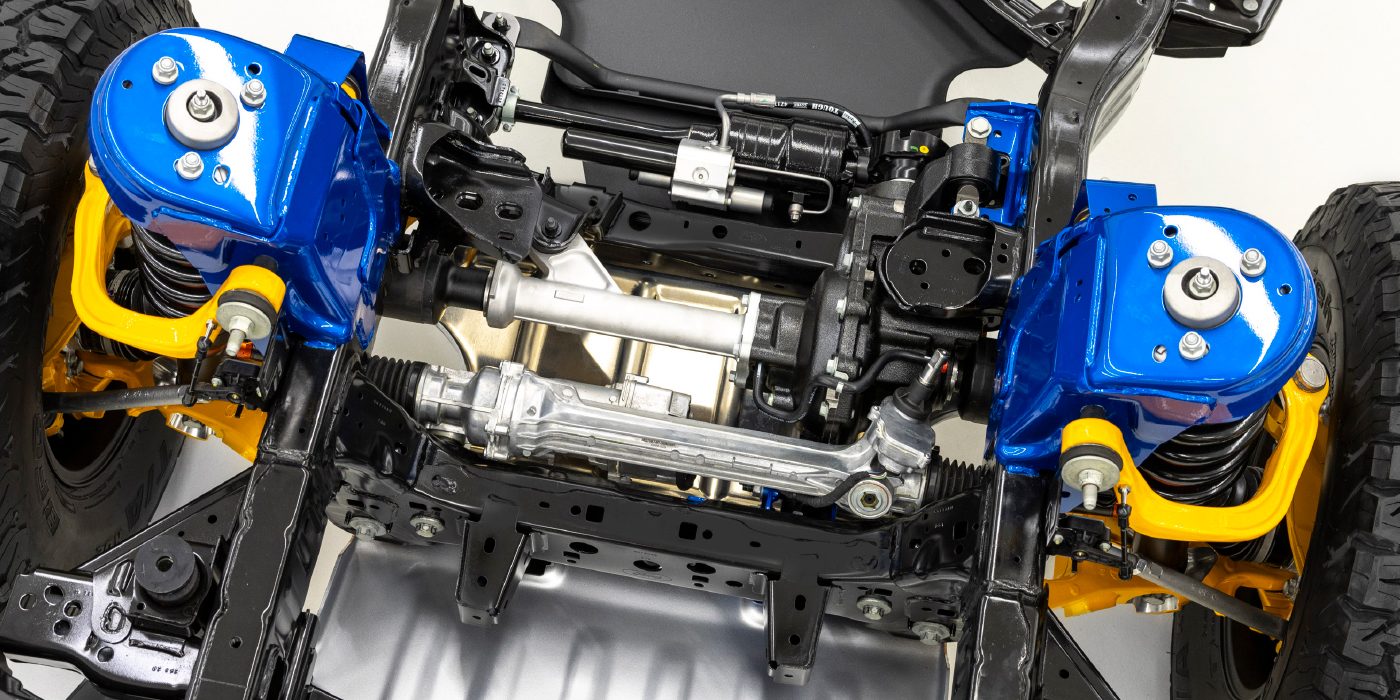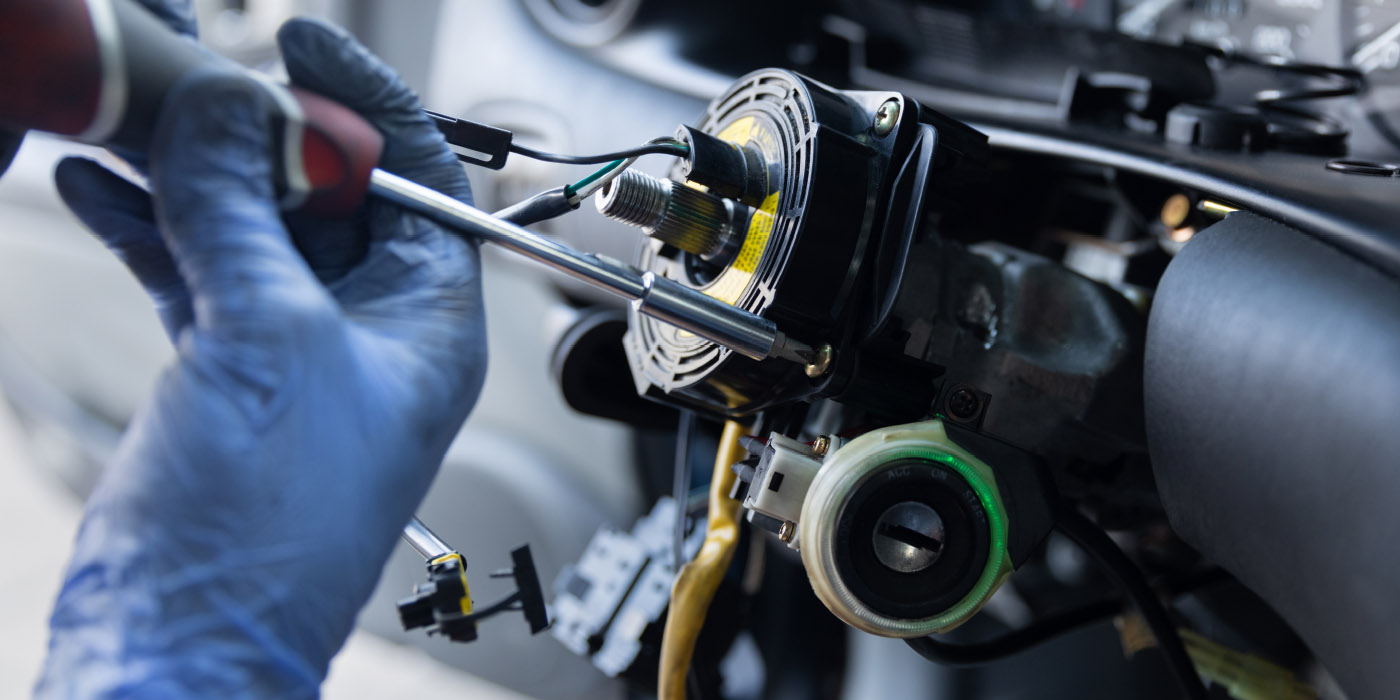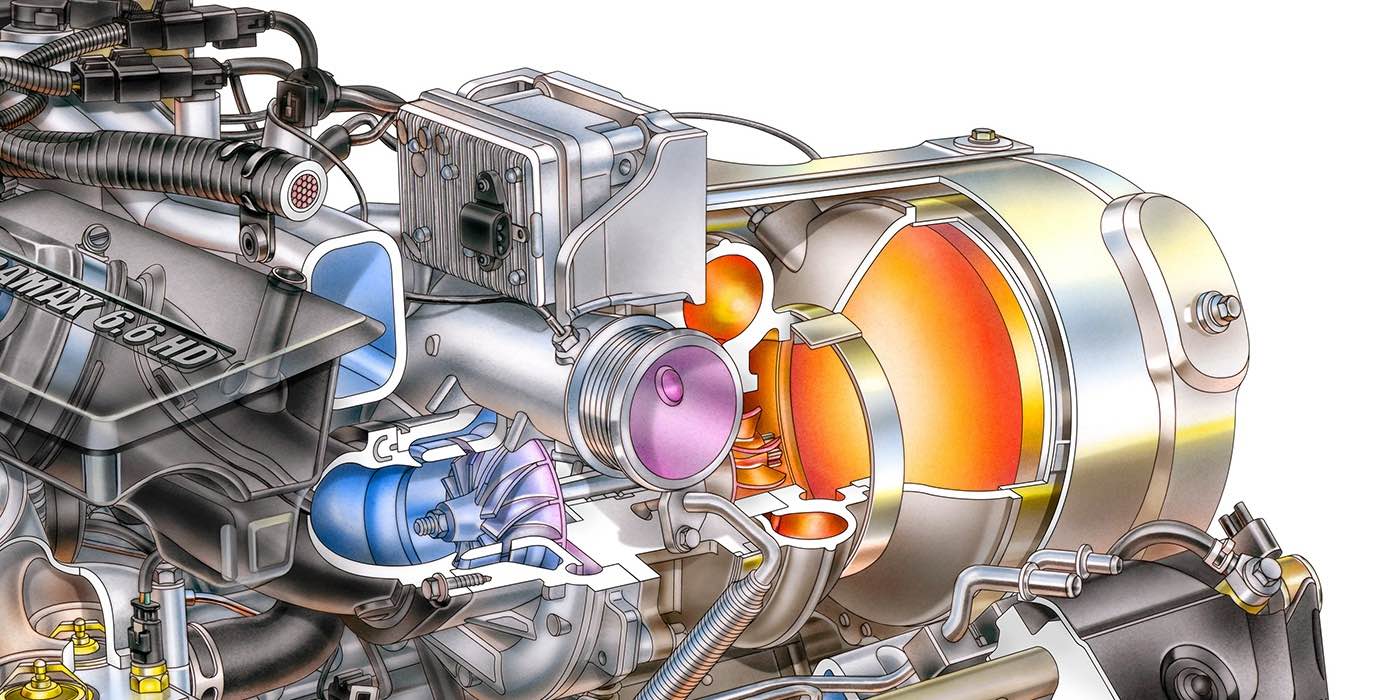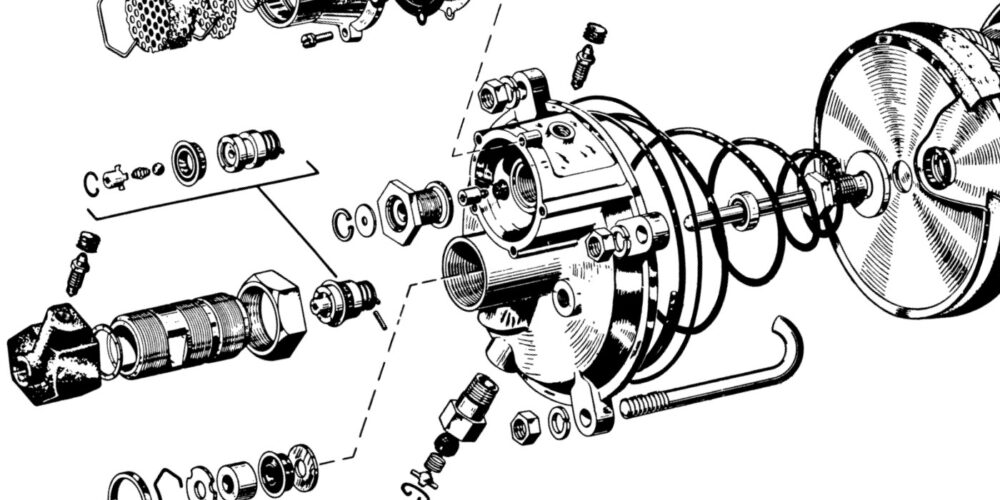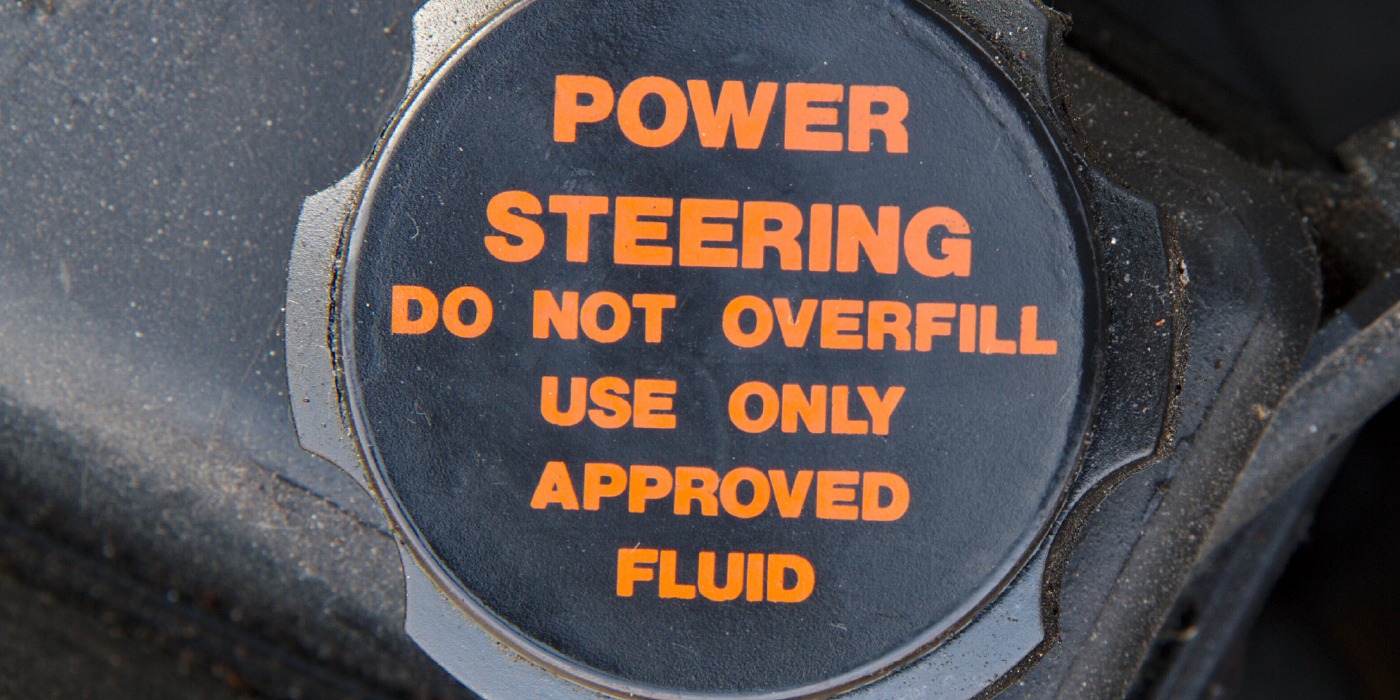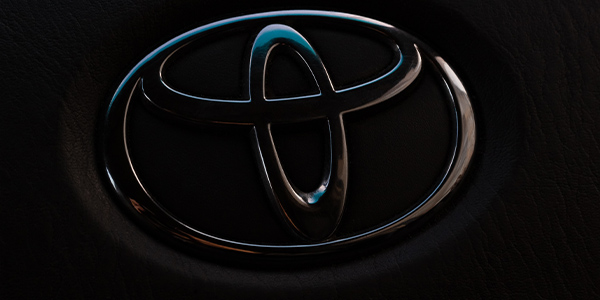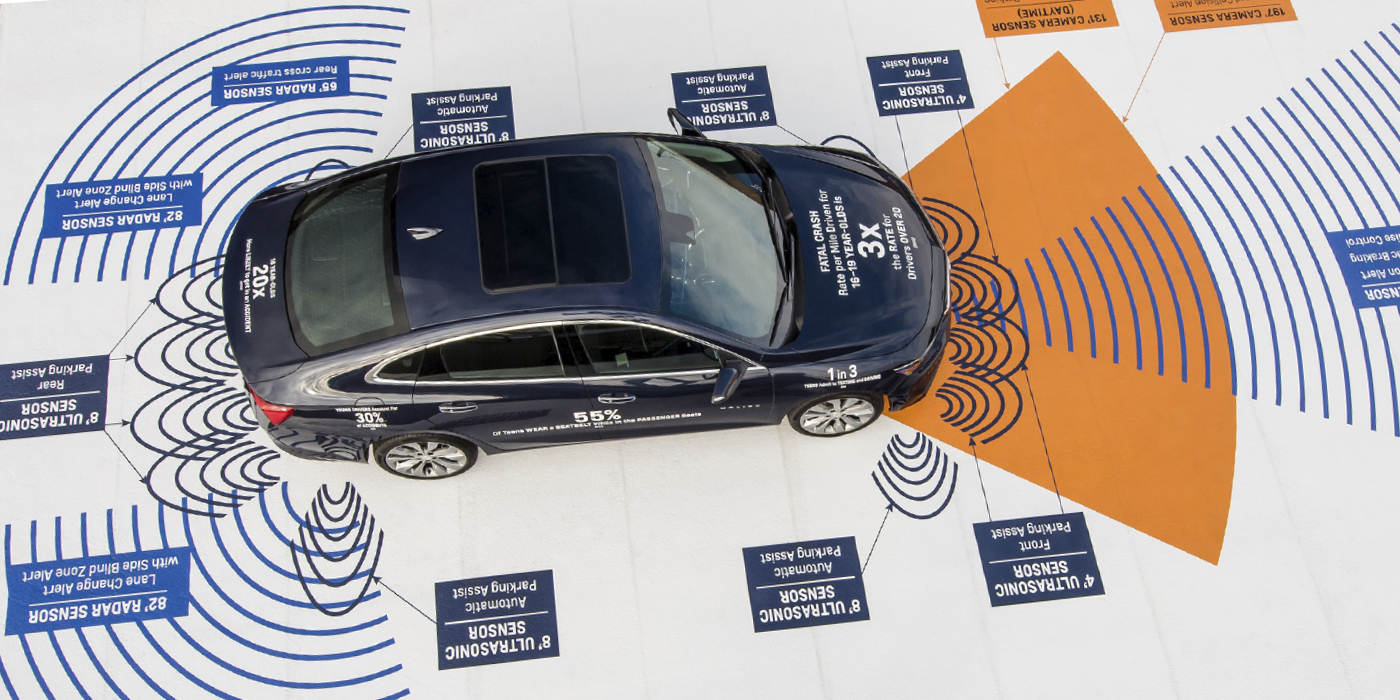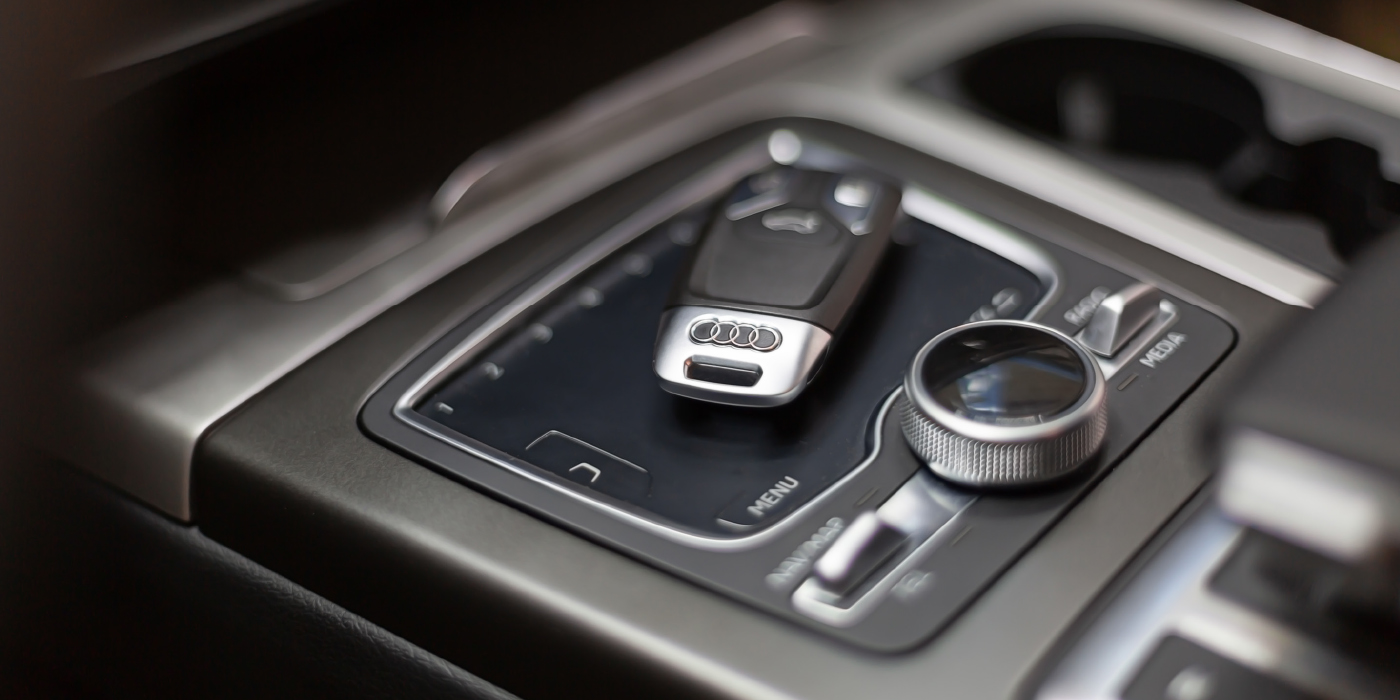henever a customer comes to your shop for any brake repair, you need to know why they are there in the first place. Just writing a ticket for a brake job or suspension repair because the customer requested it can lead to a comeback and an unsatisfied customer.
There is one golden question every service writer must ask the customer before recommending any brake, wheel bearing or suspension service: “What difference have you noticed in your vehicle recently?” This question does not lead the customer down any path, but forces them to explain how their vehicle feels, sounds and performs. Make notes and leave the inspection and diagnosis to the technician.
The secret is to be quiet and listen, as the customer will tell you almost everything relevant to the repair you need to know. Trying to show your in-depth knowledge will only get you less information. But, don’t hesitate to ask follow-up questions like:
• Is it doing it all the time?
• Has it gotten worse?
• When did you notice it?
Keep the questions as broad as possible, and just let the customer unload their problem. Make sure you take notes and put them on the repair order. Next, reflect on what was said. This will build a level of trust better than if you gave them the most technical explanation of the history of disc brakes, wheel bearings or air ride.
BRAKES
If the customer comes in complaining about the brakes, the technician will need to know five things:
If there is a pulsation or judder;
Where the pulsation or judder is coming from (steering wheel, seat or pedal);
When the pulsation or judder occurs;
Is there a noise problem; and
Does the noise change when the brakes are applied?
If the customer says his rotors are warped, it can mean multiple things. Warping is a diagnosis, not an observation or symptom. This is why asking him where and when a vibration is felt is critical to the diagnostic process.
A pulsation in the pedal can indicate excessive runout in the rotor and disc thickness variation (DTV). Juddering is typically a vibration felt in the entire vehicle and not in the brake pedal.
WHEEL BEARINGS
If the customer comes in complaining they have a bad wheel bearing, the technician needs to know five things:
Does the noise change with vehicle speed?
Is the noise always present, or is it intermittent?
Does the noise change when going around a corner?
Does the noise change when the brakes are applied?
What wheel is the noise coming from?
These simple questions can help to identify if the complaint is, in fact, related to the wheel bearings. Often low-quality tires or a simple lack of rotation could cause the customer to think they have a bad wheel bearing. Other issues with the drivetrain could cause similar noise problems. Never guess the noise and solution at the front counter. Always have an inspection to confirm it.
Ride Control
On that rare occasion that a customer comes to your shop asking for new shocks or struts, you might be tempted to write the estimate before they change their mind quickly. But, you could be setting yourself up for a disappointed customer when the new ride control units are installed. If the vehicle has an air ride or active suspension, not having a specific customer complaint can lead to a misdiagnosis of the car and the customer.
Here are five questions you need to ask the customer:
Have there been any changes to the quality of the ride?
Is there an incident recently that made you think the shocks or struts are bad?
Is the problem intermittent?
Any noises that you can attribute to the low quality of the ride or handling?
What do you expect from the service? Like-new ride? Better performance?
The questions about ride control and suspension are intended to establish what they are experiencing and what they expect post-repair. If you do not ask these questions upfront, you could miss the real source of the complaint.
Inspection
When it comes to drivability or engine-related problems, it is always expected that the problem is duplicated by the technician as part of the diagnostic process. The same is true for brakes, wheel bearings and ride control. After an inspection, perform a test drive to confirm the customer complaint.
The inspection should not only cover the system the customer is complaining about, it should be a complete vehicle inspection. It is not uncommon that a grinding noise from a front left wheel could be a bad wheel bearing, vacuum hub or even a CV axle. This inspection prevents that uncomfortable second call to the customer to tell them you found the real cause of their complaint.

